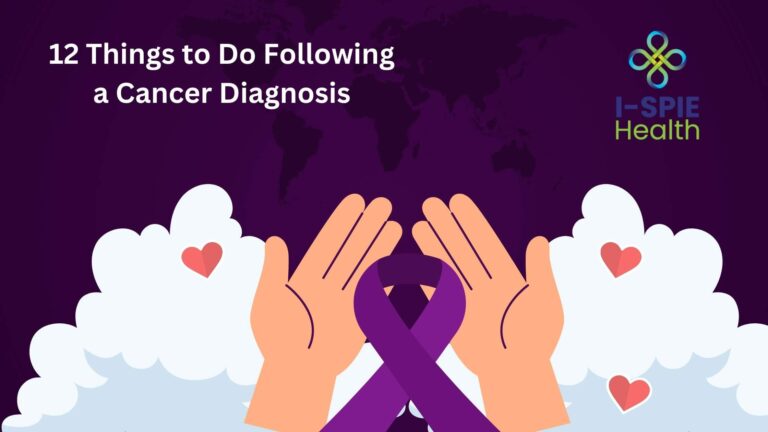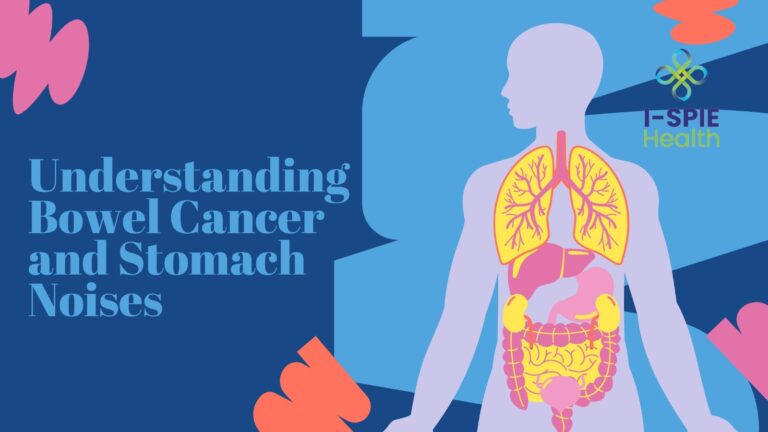Prostate cancer stands as one of the most prevalent forms of cancer affecting men worldwide. Originating in the prostate gland, this disease can vary widely in its aggressiveness and impact on health.
Early detection plays a pivotal role in successful treatment outcomes, offering individuals a range of options to consider. Understanding the nature of prostate cancer, the best treatments for prostate cancer in the early stages its treatments, and post-treatment considerations is crucial for empowering individuals and their healthcare teams to make informed decisions and navigate the journey toward optimal health and well-being.
What is Prostate Cancer?
Prostate cancer develops in the prostate gland, a small organ located below the bladder and in front of the rectum. This gland produces fluid that nourishes and transports sperm.
It is also In the prostate that the sex hormone testosterone is transformed into a biologically active form, DHT (dihydrotestosterone). When cancer cells develop in the prostate, they can grow slowly or aggressively, potentially spreading to other parts of the body if not treated.
Top 8 Best Treatments for Prostate Cancer in Early Stages
Surgery
The aim is to remove the cancerous tissue from the prostate gland. There are several types of surgical procedures used to treat prostate cancer, including radical prostatectomy, robotic-assisted laparoscopic prostatectomy, and transurethral resection of the prostate (TURP).
Radiation therapy (RT)
High-energy beams are used to target cancer cells. This non-invasive treatment option can be delivered either externally (external beam RT) or through radioactive implants placed directly into the prostate gland (brachytherapy).
Active Surveillance
Also known as watchful waiting, this approach involves regular monitoring of the cancer’s progression without immediate treatment. It’s suitable for low-risk prostate cancers where active intervention may not be necessary initially.
Hormone Therapy (Androgen Deprivation Therapy)
This treatment reduces the level of the male hormone testosterone, which can fuel the growth of prostate cancer cells. It is used either independently or in combination with other treatments to slow cancer growth or shrink tumors.
Cryotherapy
This involves freezing prostate tissue to destroy cancer cells. It’s a minimally invasive procedure that may be effective for small, localized tumors or as a secondary treatment option.
High-Intensity Focused Ultrasound (HIFU)
HIFU uses focused ultrasound waves to heat and destroy cancerous tissue in the prostate. It’s a targeted and minimally invasive treatment with potentially fewer side effects compared to surgery or radiation.
Chemotherapy
This treatment uses drugs to kill cancer cells or stop their growth. It’s typically used for advanced or aggressive prostate cancers that have spread beyond the prostate gland.
Immunotherapy
This approach harnesses the body’s immune system to target and destroy cancer cells. Immunotherapy drugs can help boost the immune response against prostate cancer cells. Immunotherapy works by taking advantage of the immune system’s ability to remember cancer cells, thereby offering the potential for long-term protection against cancer.
What to Do After Prostate Cancer Treatment?
After undergoing treatment for prostate cancer, individuals may face various challenges and considerations, including managing residual and potential long-term side effects. These are the steps you can take following prostate cancer treatment to promote recovery and overall well-being:
- Follow-up Care: Regular follow-up appointments with healthcare providers are essential to monitor recovery, check for any signs of cancer recurrence, and manage any side effects from treatment.
- Healthy Lifestyle: Adopting a healthy lifestyle can aid in recovery and overall well-being. This includes maintaining a balanced diet, engaging in regular exercise, managing stress, and avoiding tobacco and excessive alcohol consumption.
- Emotional Support: Dealing with a cancer diagnosis and treatment can be emotionally challenging. Seeking support from family, friends, support groups, patient advocates, or mental health professionals can be beneficial in coping with emotions and adjusting to life after treatment.
- Monitoring PSA Levels: Prostate-specific antigen (PSA) tests are often used to monitor prostate cancer recurrence or progression. Regularly monitoring PSA levels, as recommended by healthcare providers, is important for ongoing management.
Read More: Breast Cancer Care Package Ideas
Deciding Which Treatment Option Might Be Best for You
Choosing the best treatments for prostate cancer in early stages considering various factors:
Cancer Stage
The stage of the cancer, including its size, location, and whether it has spread, helps determine the most effective treatment approach.
Overall Health
An individual’s overall health and medical history, including any other health conditions or medications, influence treatment decisions and potential side effects.
Treatment Goals
Understanding and knowing treatment goals helps guide decisions about cancer care and ensure that your healthcare team is aligned with your goals of care. It also allows you to be an active participant in your treatment decisions and can lead to a more personalized approach to care.
Potential Side Effects
Each treatment option has potential side effects. Discussing these risks and benefits with healthcare providers can help individuals make informed decisions.
Working With a Cancer Coach
Clinical Cancer Coaches like Madhavi Parikh offer holistic support to individuals affected by cancer. They guide patients through treatment decisions, help manage side effects, provide emotional support, and encourage positive lifestyle changes for better recovery and well-being.
Conclusion
In conclusion, navigating the journey of the best prostate cancer treatment in the early stage requires a multifaceted approach that addresses both the physical and emotional aspects of the disease. From surgical interventions and radiation therapy to hormone therapy and immunotherapy, there are many treatment options to consider.
Thus, it is important to collaborate closely with your healthcare team to explore the most suitable treatment options based on your patient’s unique circumstances and preferences.
Additionally, maintaining open communication, seeking support from loved ones, and engaging in self-care practices can play a vital role in coping with the challenges of treatment and fostering overall well-being. Ultimately, by staying informed, proactive, and resilient, individuals can navigate the complexities of prostate cancer treatment with confidence and optimism for the future.
FAQ
What is the most common treatment for early-stage prostate cancer?
Treatment for prostate cancer depends on many factors, such as the Gleason score, PSA levels, and diagnostic results, as well as the patient’s overall health, risk factors, and potential for side effects. Active surveillance is considered for low-risk cases, while higher-risk cases may require surgery or radiation treatments. Ultimately, it revolves around the patient’s specific situation, lifestyle, and treatment goals.
How treatable is prostate cancer if caught early?
Prostate cancer is highly treatable if caught early, with a 5-year survival rate of nearly 100% for localized or regional-stage cancers.
What is the most successful prostate cancer treatment?
The most successful prostate cancer treatment depends on various factors, but surgery, radiation therapy, and active surveillance are commonly successful options.
Is it better to have the prostate removed or undergo radiation?
The choice between having the prostate removed (prostatectomy) or undergoing radiation therapy depends on the individual’s specific situation, preferences, and discussions with their healthcare team.








5 Comments